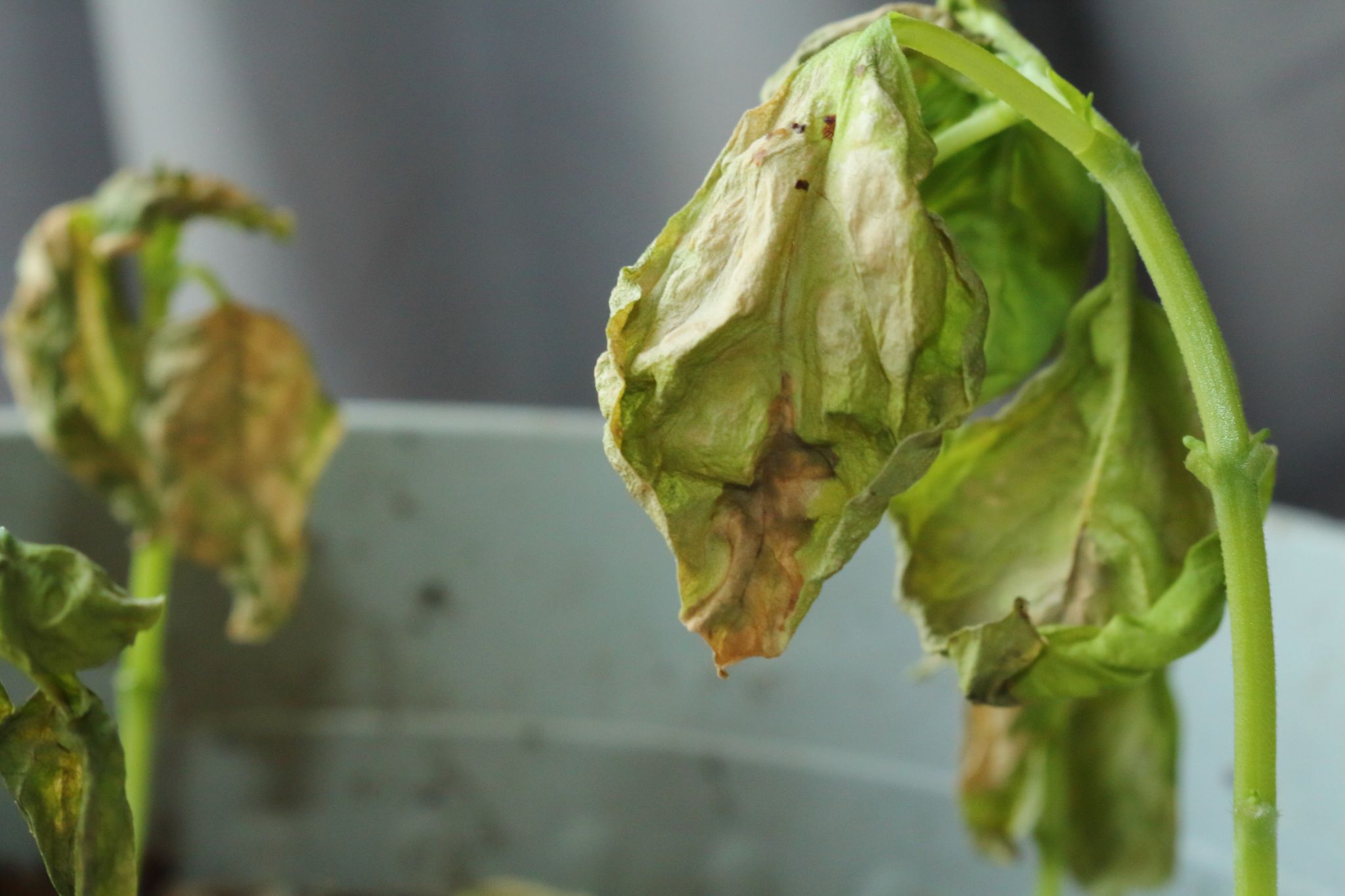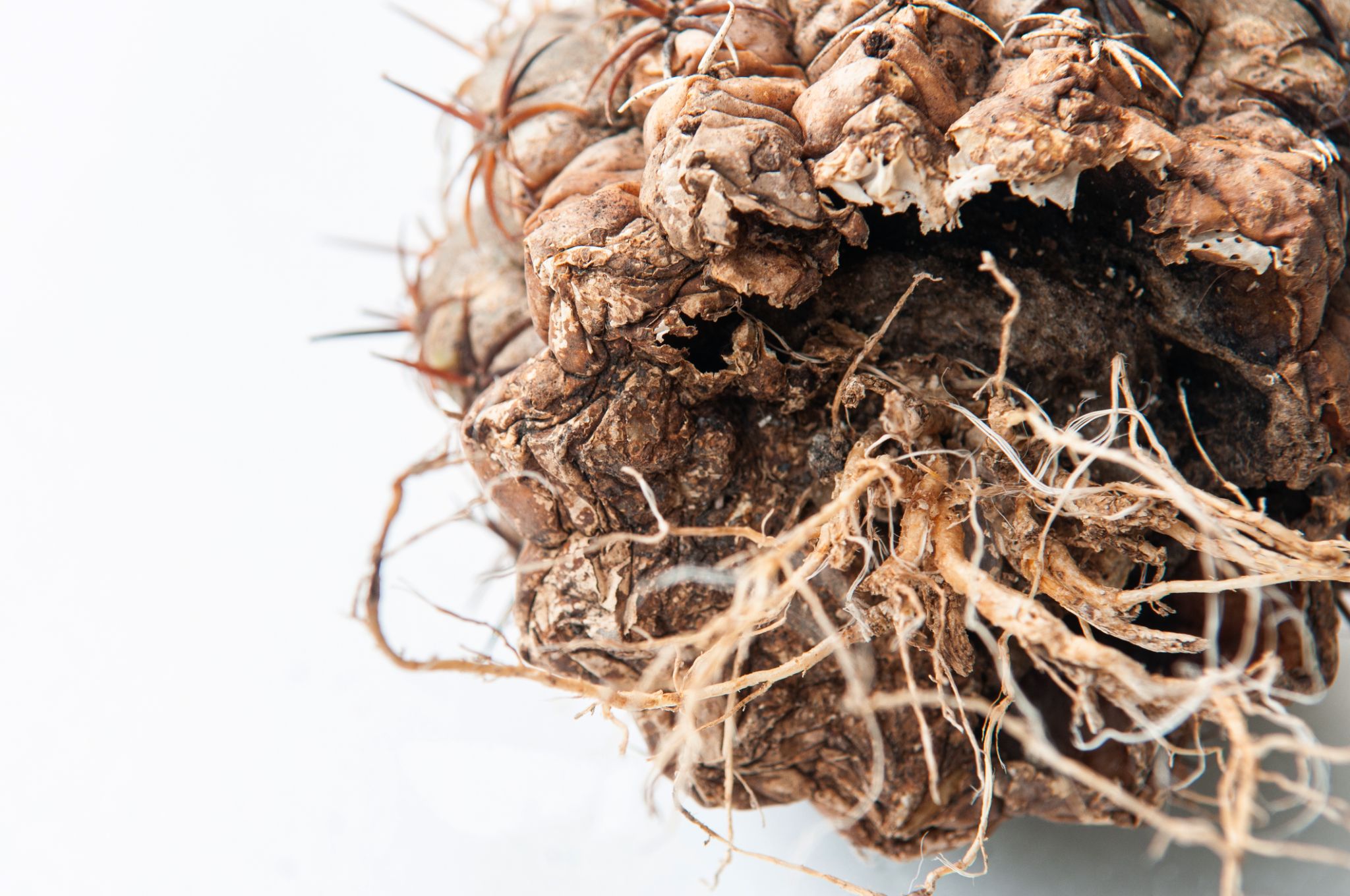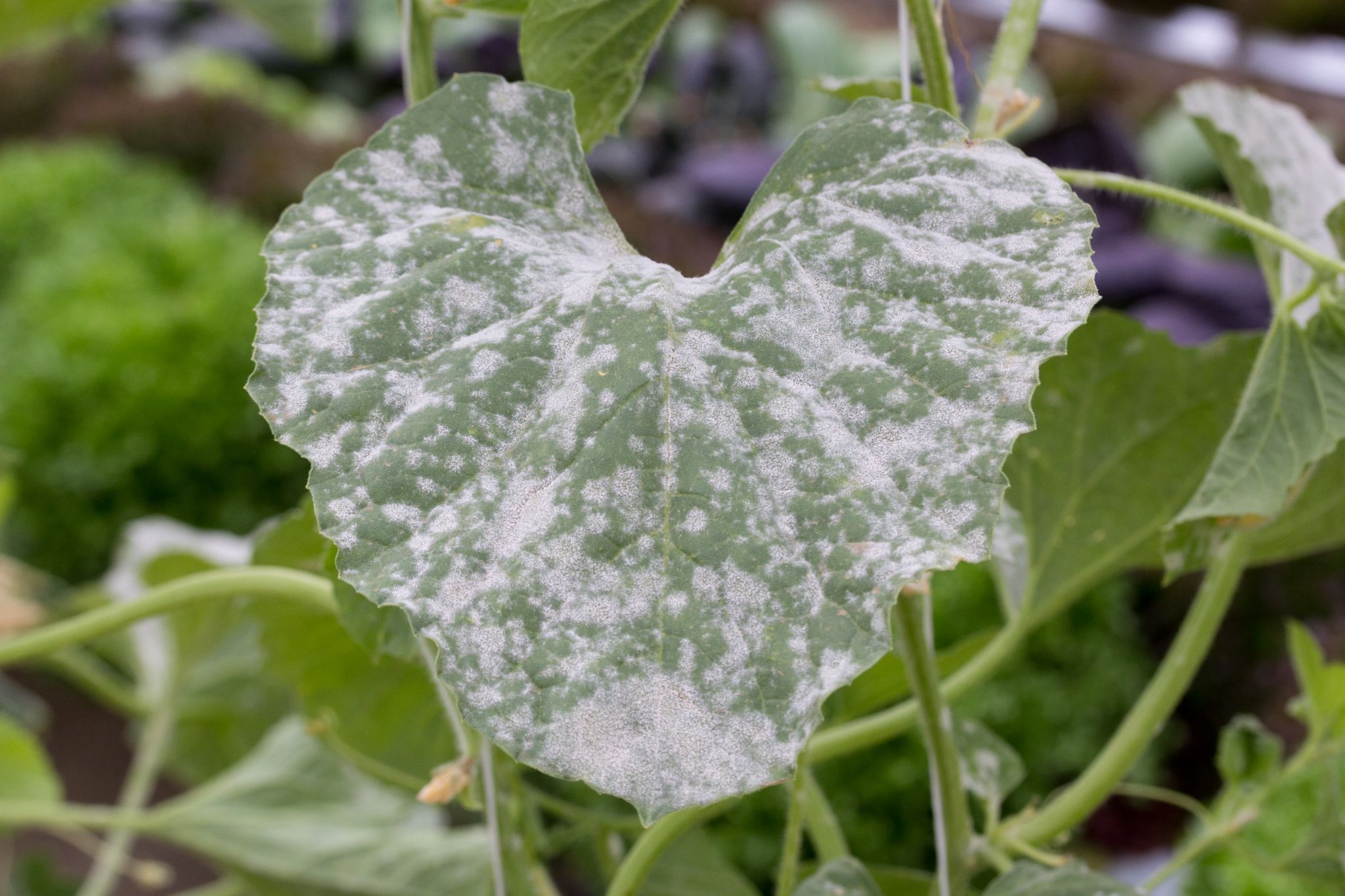Common Plant Diseases To Look Out For
Did you know that plants can get sick too? That’s right! We want to warn you about these diseases before they worm their way into the trees, shrubbery, and other plants on your lawn or in your garden. Like any sicknesses, they weaken the plants and can cause them injury or death. It may sound ridiculous, but if not prevented or treated, common plant diseases can destroy your lawn.
WHAT ARE SOME COMMON PLANT DISEASES?
Common plant diseases range from deadly fungi to infectious bacteria and viruses. Some of the most common include:
VERTICILLIUM WILT

Verticillium wilt is a fungal disease, but it doesn’t spread through spores. It’s a soil-borne fungus, meaning that it will infect plants on your property through their roots. This makes it difficult to identify before it has infected your plants. Sometimes, Verticillium kills plants quickly, but when it doesn’t, there are some symptoms you can look out for:
- Infected tomato plants leave yellow at the edges of the oldest and lowest leaves.
- Infected landscape plants will see large branches yellow and droop before browning and dying.
There is no way to treat verticillium wilt, but you can prevent it from spreading. For vegetables and fruits, remove and dispose of the whole plant, including the roots. For landscape plants, prune infected branches to the base of their stem and throw them out. Be careful to water them and do not let any infected branches become mulch. A plant can naturally fight off the infection, so keep it as strong as you can.
ROOT ROT

Root rot is a disease caused by numerous bacteria together. It’s caused by too much watering or not enough drainage, and it’s especially common in potted plants, rather than ones rooted in the ground. You can identify root rot by symptoms like:
- Dropping leaves when they shouldn’t be yet.
- Yellowing of the plant.
- Getting soft in the stem or branch.
- The leaves are getting mushy.
To prevent root rot, you have to make sure you keep to a regular watering schedule and keep your plant in a pot or place with proper drainage. Quick tip, if you’re using a decorative pot without a drainage hole, leave the plant in its plastic pot and put the plastic pot in the container to separate the plant from the excess water. You should also check and aerate the soil before watering it to help loosen it up and distribute the flow of oxygen.
To fix root rot after it’s impacting your plants, remove your plant from its pot, clean and clear the roots of bad soil, and put it in a pot with proper drainage and new soil. Clean the pot thoroughly as well if you’re going to use the same one. Hopefully, this will allow your plant to regain its health.
POWDERY MILDEW

Powdery mildew is also a common fungal disease, and it affects a wide number of plants. It’s rarely fatal, but if left unchecked, it can shorten a plant’s lifespan. The plant will specifically wither, become weak, bloomless, and grow slower.
You can easily identify powdery mildew by the light grey or white powdery spots all around the leaves, stems, flowers, fruits, or vegetables. This symptom that makes it easy to identify is a sign of how the fungal disease keeps the plant from getting the sunlight and air circulation it needs.
To prevent powdery mildew, you want to keep your plants away from any walls or fences to make sure they have good air circulation and low humidity. Powdery mildew thrives in highly humid conditions. It also helps to remove dead or diseased foliage, then disinfect the pruners and shears used on infected plants. You can even treat the ground regularly with an organic fungicide which will defend plants against most fungal diseases.
PIONEER LANDSCAPING HAS YOUR BACK
If you find that your plants have become diseased and are dying off, we can carry the materials you need to get them healthy again or even replace them if need be. We want to help you develop your dream lawn, including your garden and shrubbery you need to protect. Check out your local Pioneer Landscaping Center so one of our knowledgeable representatives can help you.
